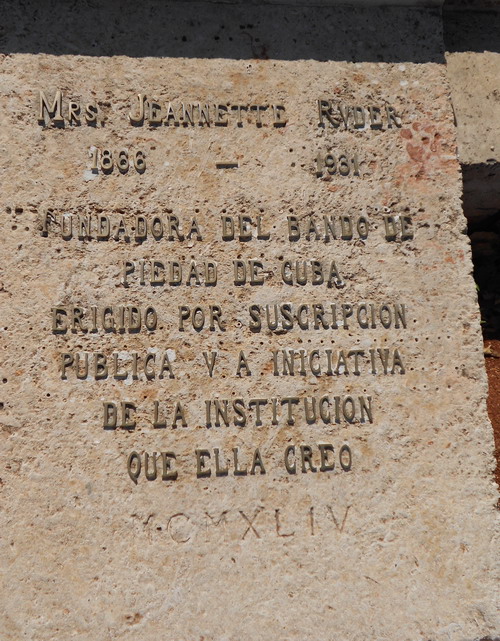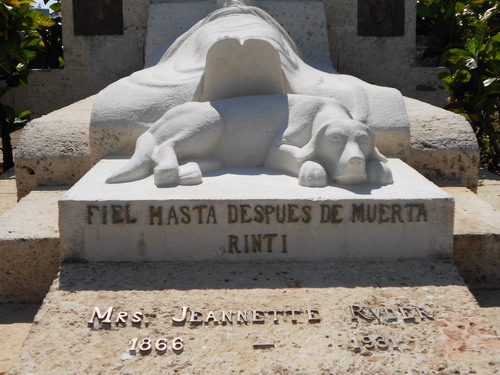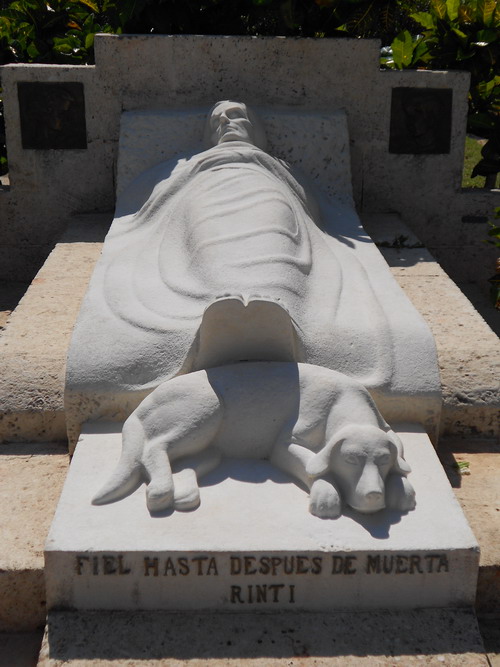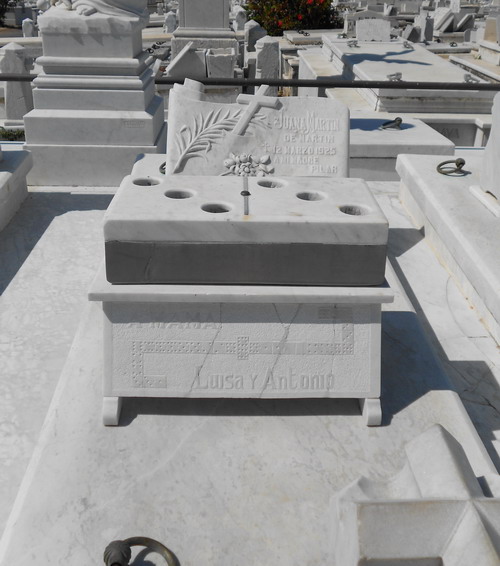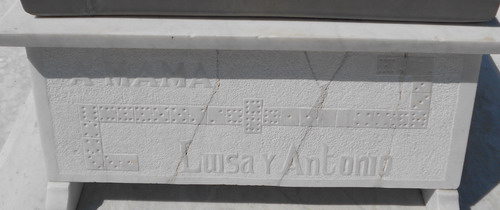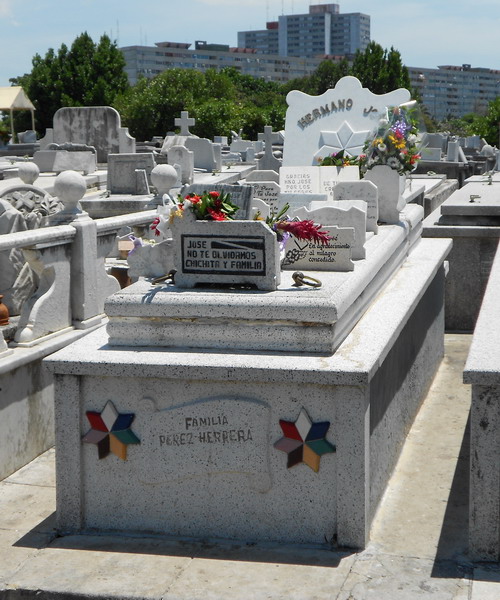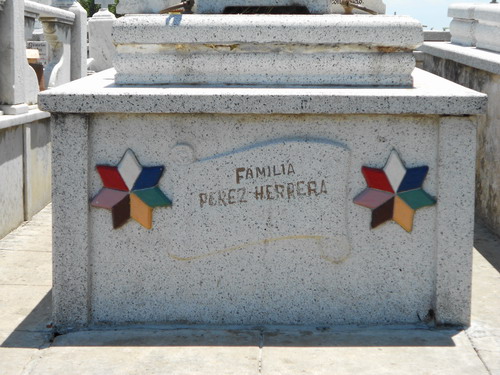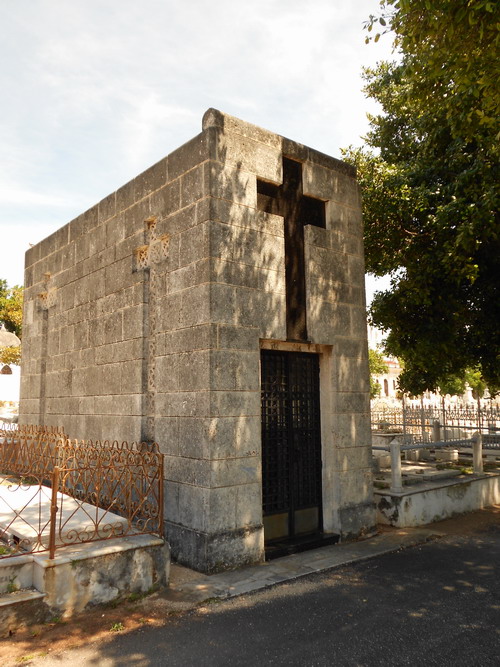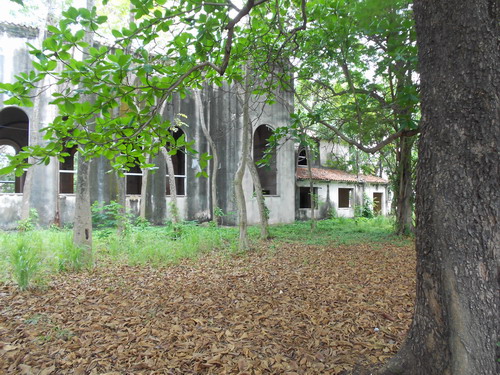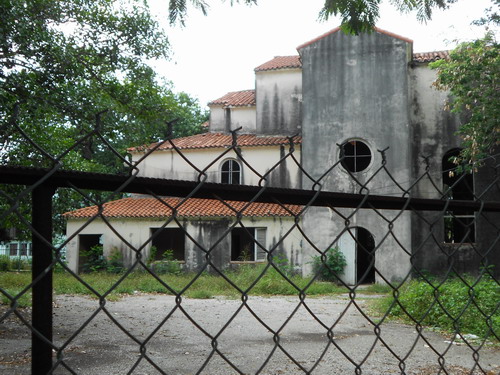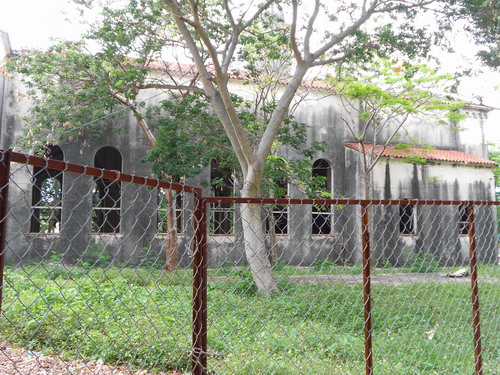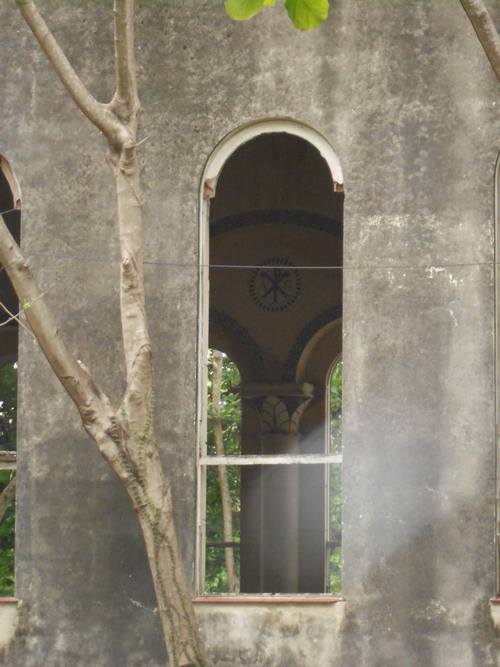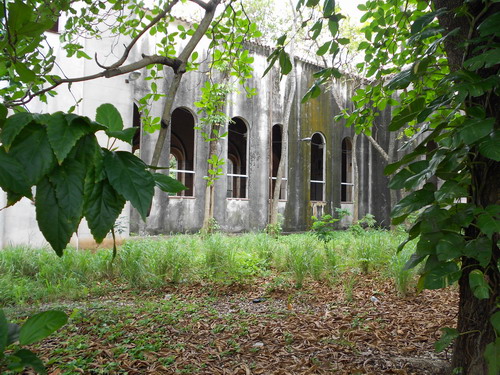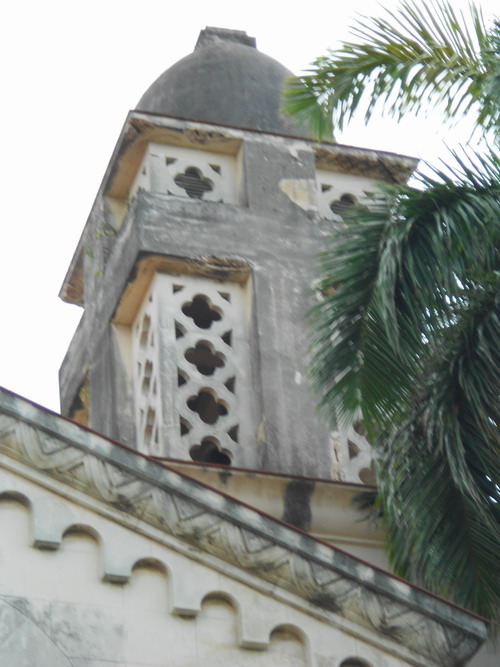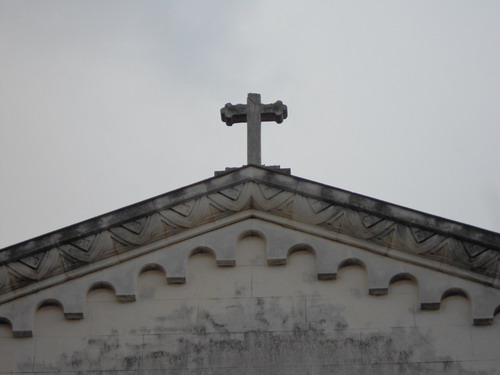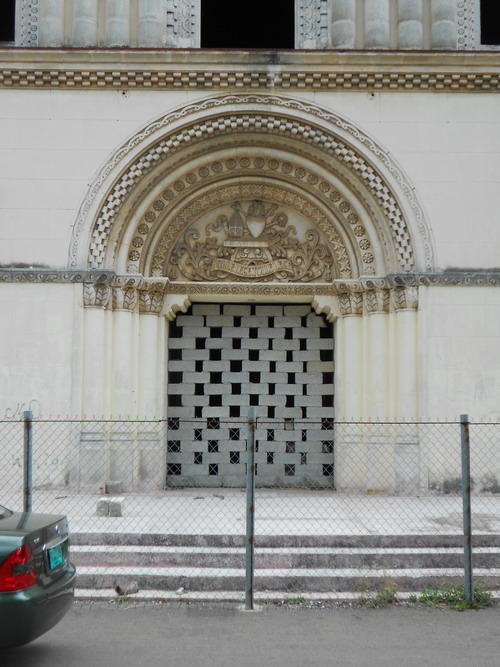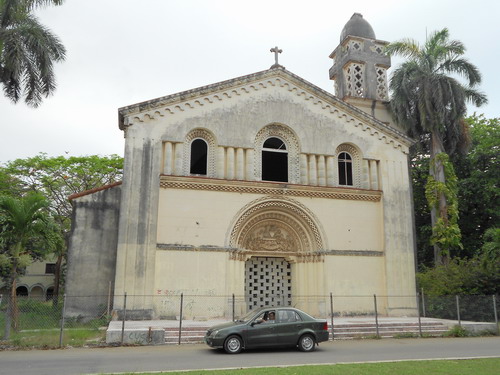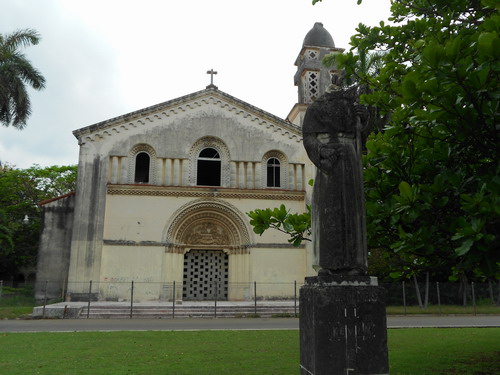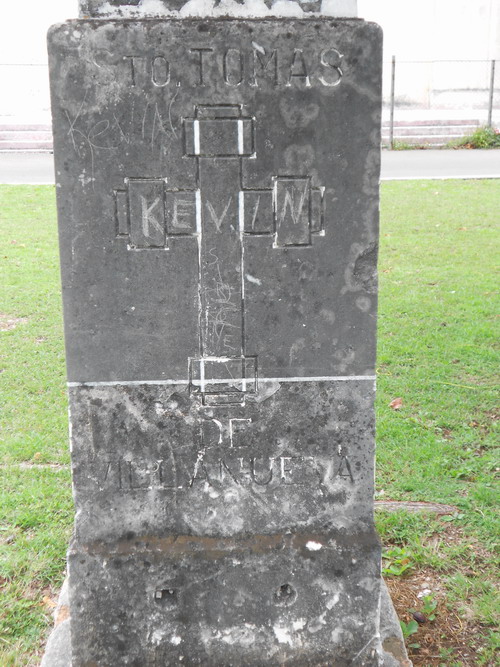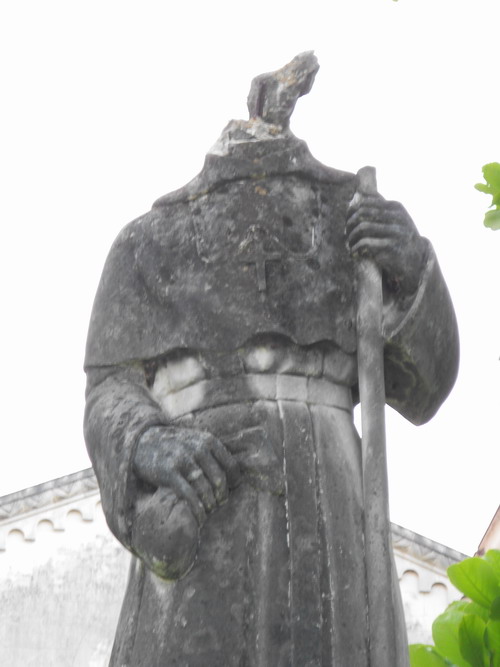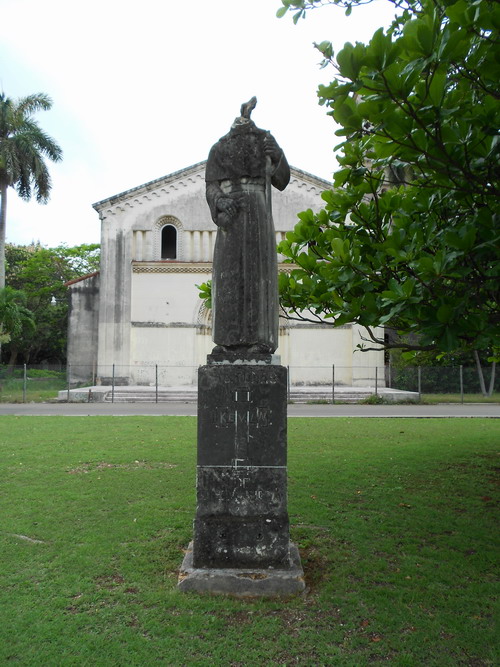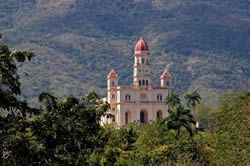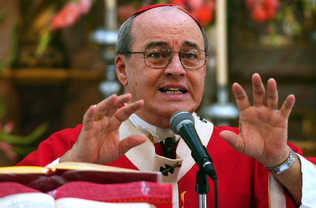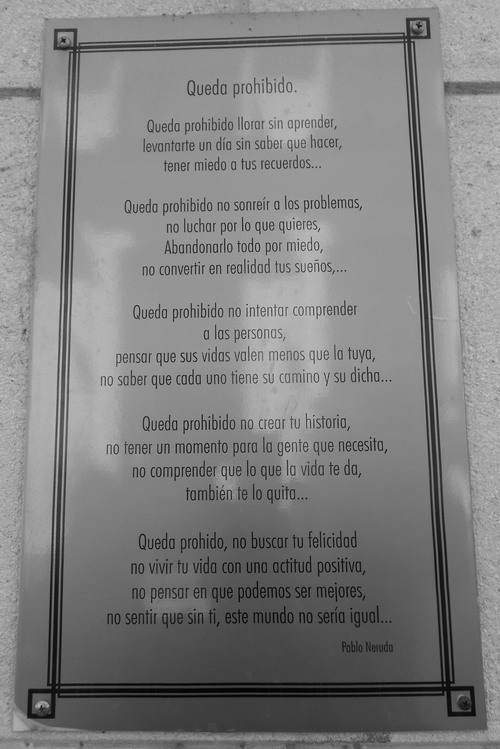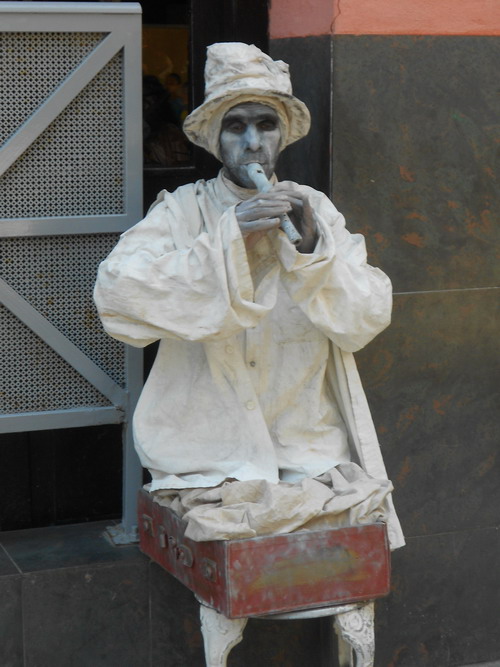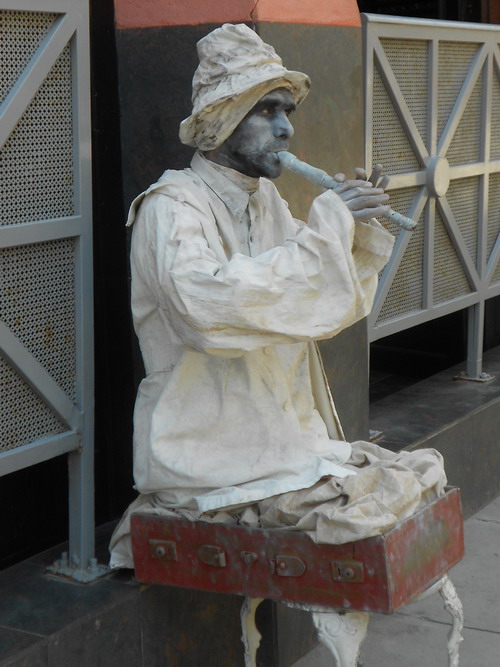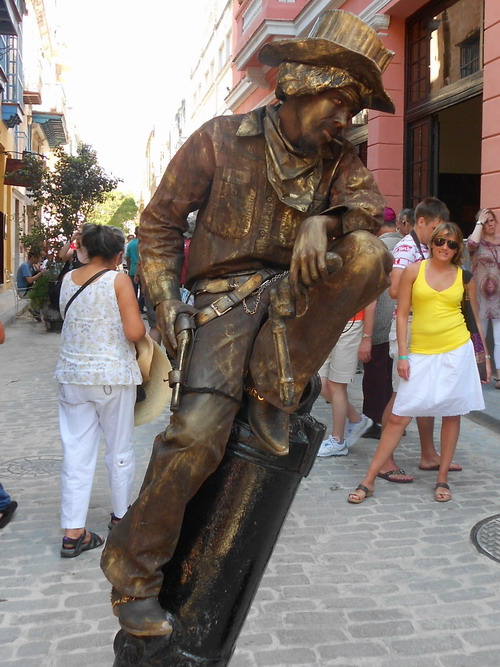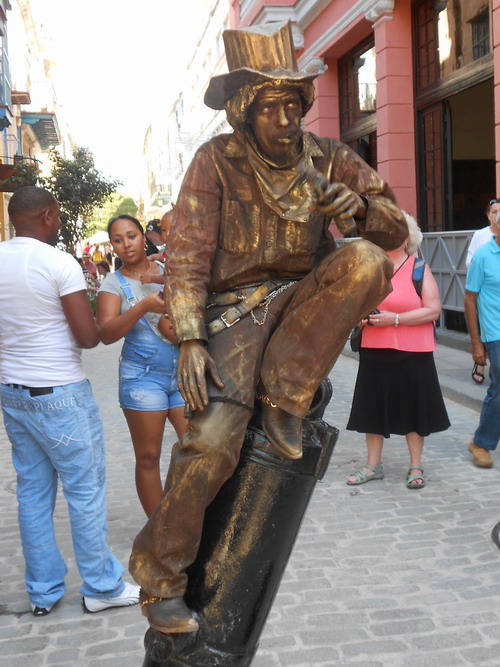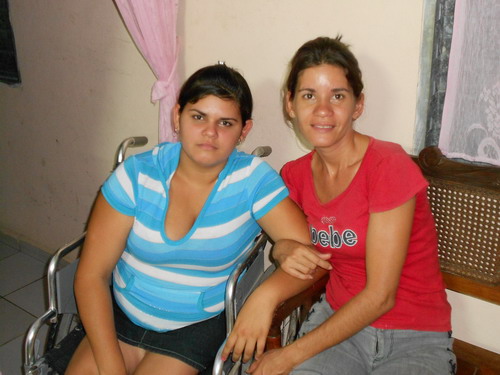
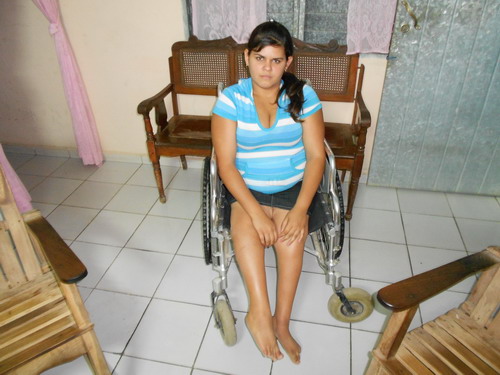
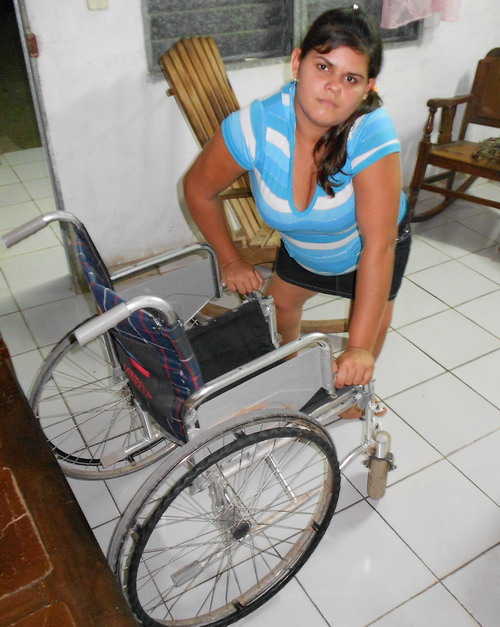
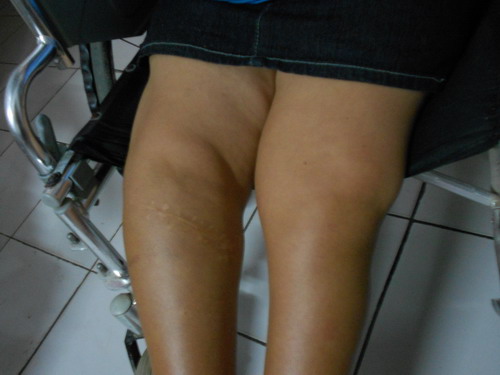
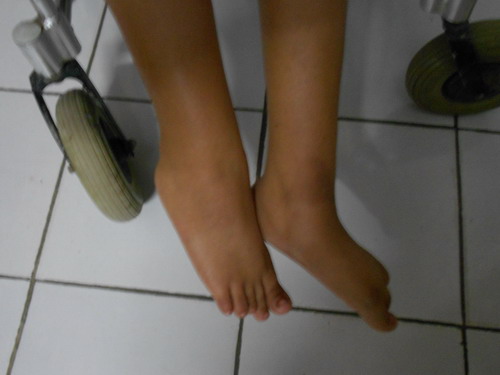
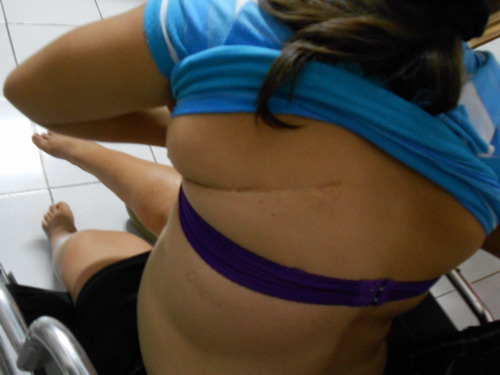 Some days ago a brief note denounced to the world, what a mother described as hell. After she knew from the workers from Social Security that that agency decided to withdraw the pension given to her each month, for her handicapped daughter Keylis Caridad Alemán Rodríguez.
Some days ago a brief note denounced to the world, what a mother described as hell. After she knew from the workers from Social Security that that agency decided to withdraw the pension given to her each month, for her handicapped daughter Keylis Caridad Alemán Rodríguez.
A month after such arbitrariness, the situation is the same and the mother of the minor, in order to be able to support her, has had to do what we know as a part-time job during the week, while the minor is at school. So that she can make some money and take home some relief.
The decision to withdraw the pension of social assistance from the minor of divorced parents, is because — according to the Social Security agency of the municipality of Santo Domingo and the municipal group of Social Prevention of the Municipal Assembly of Municipal Power, this last entity ruled by Rafael know as the Cat — it’s due to the fact that the mother of the minor has informal relations which someone who is now her partner.
Yamayki Rodríguez, mother of the girl, recognizes the fact that she has a new relationship with someone she plans to marry in the future if both decide, but with what she doesn’t agree with is with the fact that the governmental entities question her personal life and that they cite it as an excuse to withdraw the assignment to the minor, that her new partner has to take the responsibility of her minor daughter.
Keylis Caridad Alemán Rodríguez is a 15 year old girl, handicapped, with congenital malformations in the hips, knees, and ankle to which can be added that the girl’s heart was operated on during the first months after she was born, for which illness she gets regular check ups, being check up followed by a specialist in cardiology.
At the time of writing the note Keylis Caridad Alemán Rodríguez, a native of Santo Domingo, province of Villa Clara, is being analyzed by the municipal entity of education to see if she can continue her studies. Her mother and the girl prefer that she study at the “preuniversity” high school nearby, but her school performance, according to the educational directives, doesn’t not allow her to have access to this superior level.
It is important to clarify that rating given to her school performance, is the result of the non-participation of the girl in sports activities, her non-participation in the schools in the countryside, and her non-cooperation in voluntary activities of her school. According to Yamayki despite her disagreement the directors of municipal education say that they would let the girl attend higher education but it’s not possible simply because of the problem that this educational center has not eliminated the architectural barriers and that they don’t have resources for this.
Up to the moment she’s only be given the possibility to graduate as a qualified worker doing manicures and pedicures. Yamayki cites that the girl is not physically suitable to do such job and that she is suitable to continue her studies.
The pictures before you show the minor, in one of the snapshots she poses next to her mother and in the others are proof and testimonies of each of the surgeries she’s been submitted to, surgical operations that despite the effort of the relatives, some have not been finished so some are pending.
Despite what they go through, for both hope is not lost, they believe something can be done for them and that somebody can listen to them. According to the minor and her mother that hope is what motivates them in front of these adversities caused by those who have the local power, to continue knocking on the doors of any necessary institution denouncing what they call an injustice.
Keylis Caridad Alemán Rodríguez and her mother Yamayki Rodríguez live at Calle Agramonte # 38, on the corner of Calle Maceo, in the municipality of Santo Domingo, Villa Clara.
Translated by Anony GY
May 14 2012

